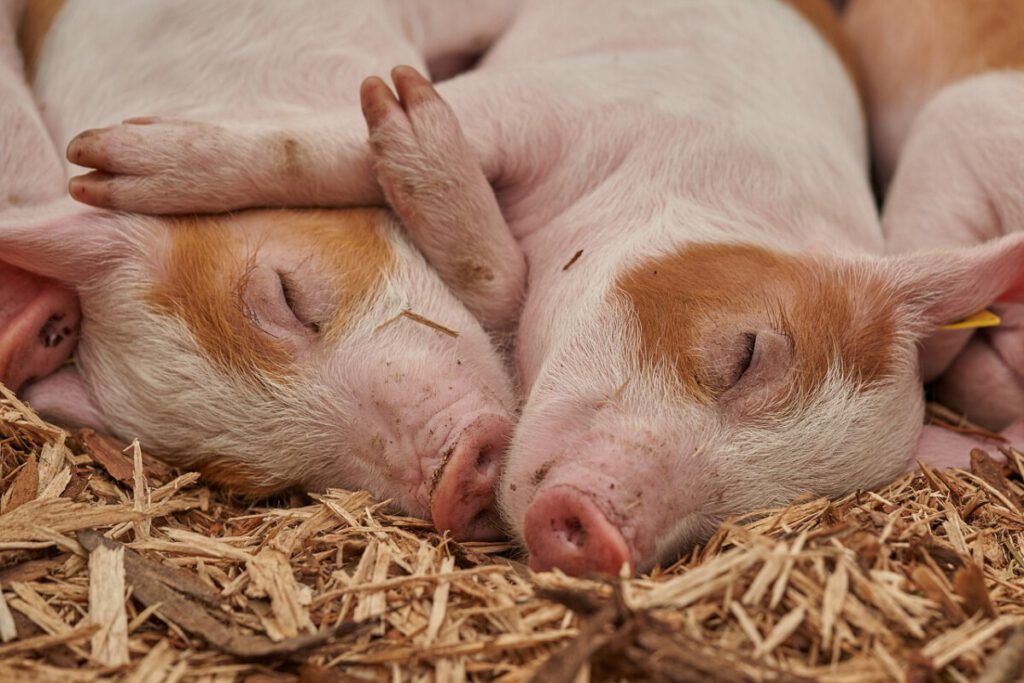Pigs are remarkable creatures shrouded in misconceptions. While often relegated to mere farm animals, pigs boast incredible intelligence and social complexity. Here, we unveil ten captivating facts about pigs that highlight their unique characteristics and endearing behaviors.
Pigs: Smart Beyond Measure

Pigs are among the smartest animals on Earth, rivaling the intelligence of dogs and even some primates. Their cognitive abilities enable them to solve problems, recognize patterns, and interact with their environment in sophisticated ways. Studies have shown that pigs can learn tasks faster than dogs and possess excellent memory skills, allowing them to recall information years later. This level of intelligence makes them not just survivors on the farm but also fascinating subjects of study in animal cognition.
Cleanliness Redefined: The Truth About Pigs
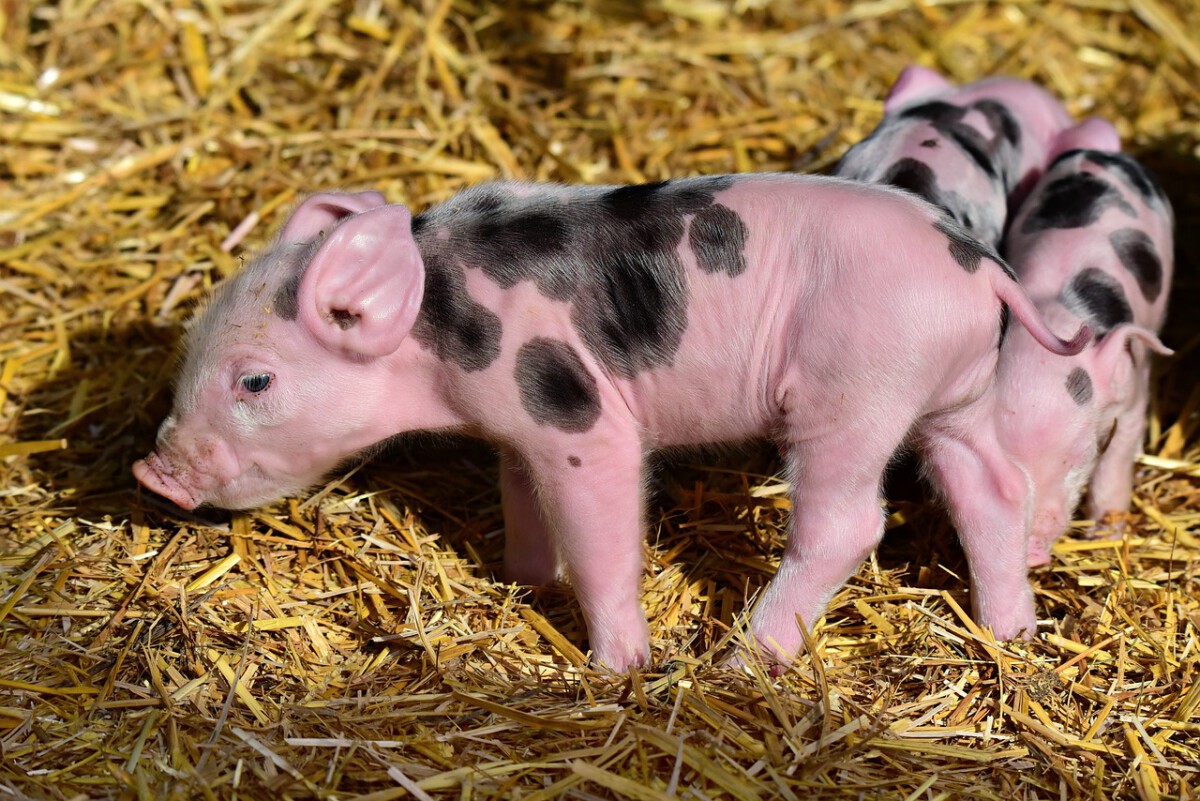
Contrary to popular belief, pigs are remarkably clean animals when in their natural surroundings. They meticulously separate their living and feeding areas from their toilet zones, demonstrating a well-developed sense of hygiene. This behavior is particularly notable in wild pigs, where they organize their habitats to maintain cleanliness. Unfortunately, misconceptions about pigs’ cleanliness often stem from their love of mud, which serves as a natural cooling mechanism rather than a sign of filth.
The Muddy Secrets of Staying Cool
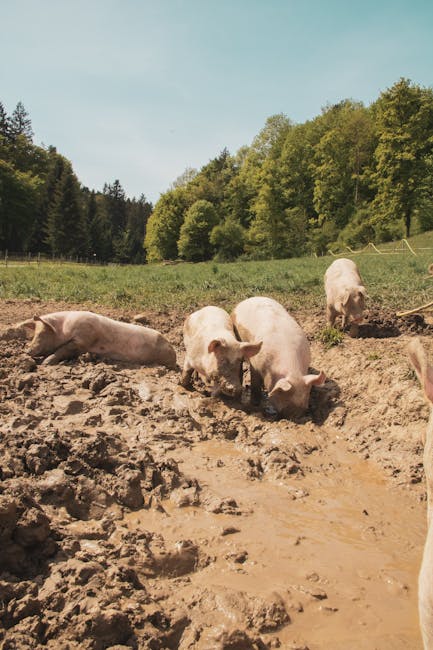
Due to the absence of sweat glands, pigs cannot regulate their body temperature through sweating. Instead, they rely on natural cooling methods like wallowing in mud. This behavior not only helps regulate their body temperature but also provides a protective layer against sunburn and parasites. The pig’s relationship with mud is a clever survival tactic that highlights their adaptability in various environments.
Quick Learners: The Swift Intelligence of Piglets
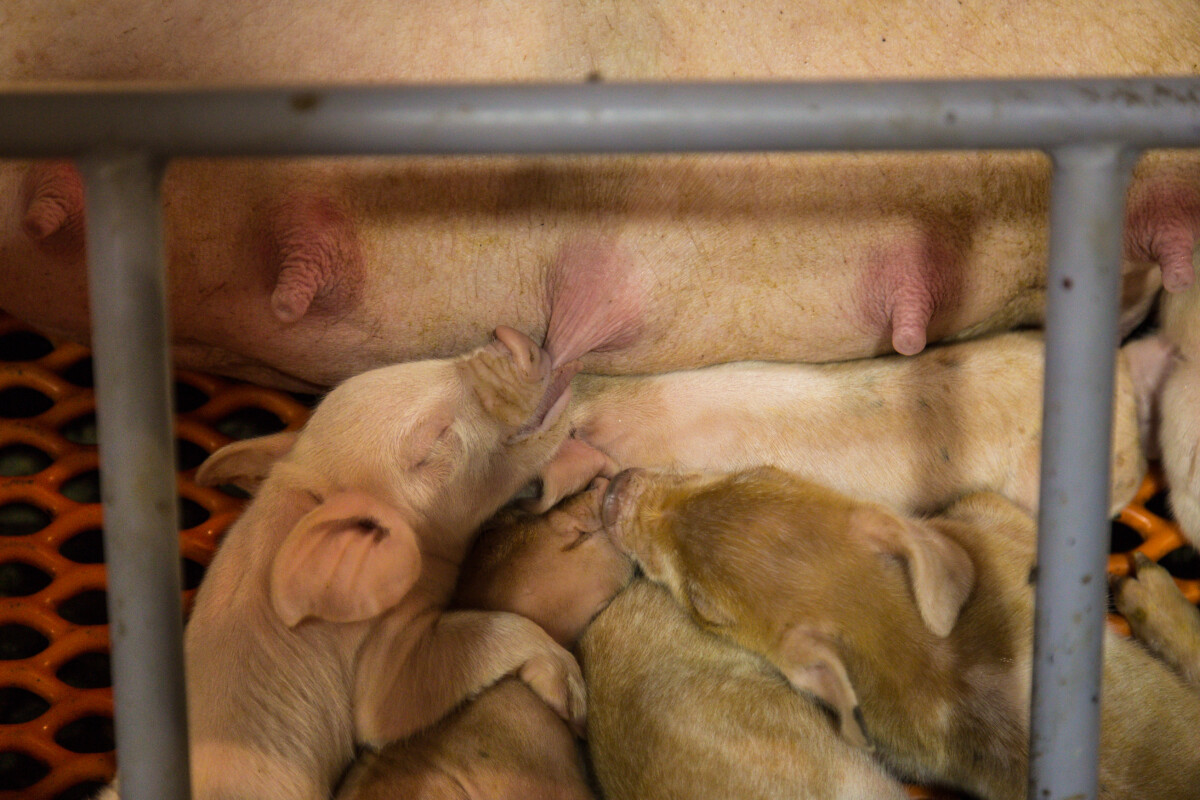
Incredibly, piglets can learn their names within two to three weeks of age. Much like humans or dogs, piglets respond to their names and can be trained to perform tricks and tasks. This early development of recognition and learning abilities showcases pigs’ capacity for complex thought and interaction, proving them to be astute learners from a very young age.
A Concert of Grunts: Pigs’ Unique Communication

Communication among pigs is both intricate and expressive. Pigs use a variety of grunts to convey messages, with each grunt varying based on the pig’s mood or personality. These vocalizations serve as a means of social interaction, providing vital information about a pig’s welfare and intentions. The language of pig grunts underscores their social nature and highlights their communicative abilities within their herds.
The Unforgettable Memory of Pigs
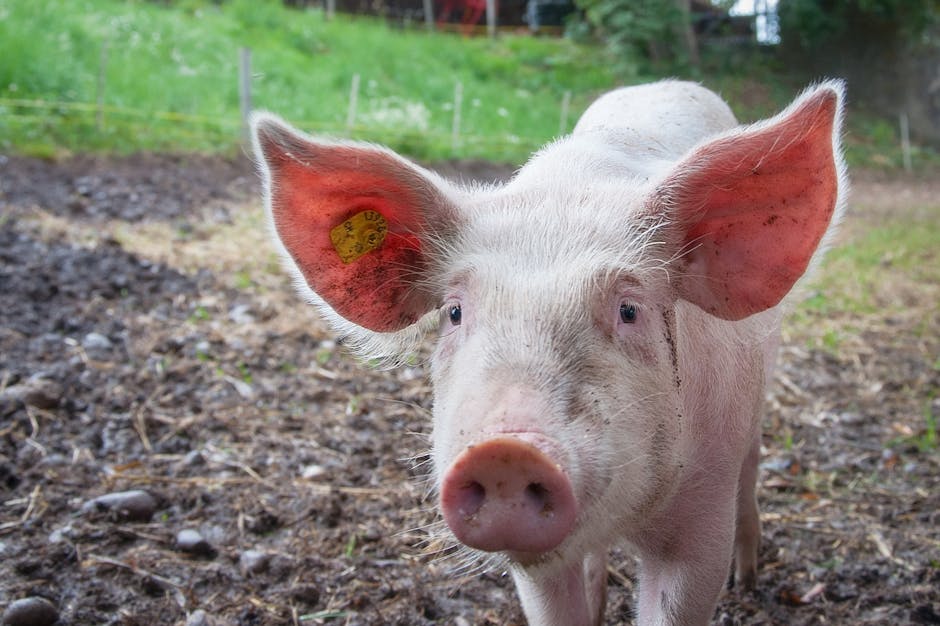
Pigs possess exceptionally long memories, enabling them to remember past experiences and interactions years later. This trait not only aids in survival by recalling safe and unsafe situations but also strengthens social bonds within their groups. The impressive memory of pigs adds another layer to their complexity and showcases their emotional depth.
Maternal Instincts and Family Bonds

Newborn piglets exhibit strong instincts to bond with their mothers. They respond to maternal grunts and quickly learn to recognize their mother’s voice, guided by a unique “teat order” during nursing. This orderly approach ensures each piglet receives its share of nourishment and highlights the maternal structure within pig families. Such behaviors demonstrate pigs’ intrinsic social bonds, reminiscent of human family dynamics.
Rubbing, Massages, and Music: The Softer Side of Pigs
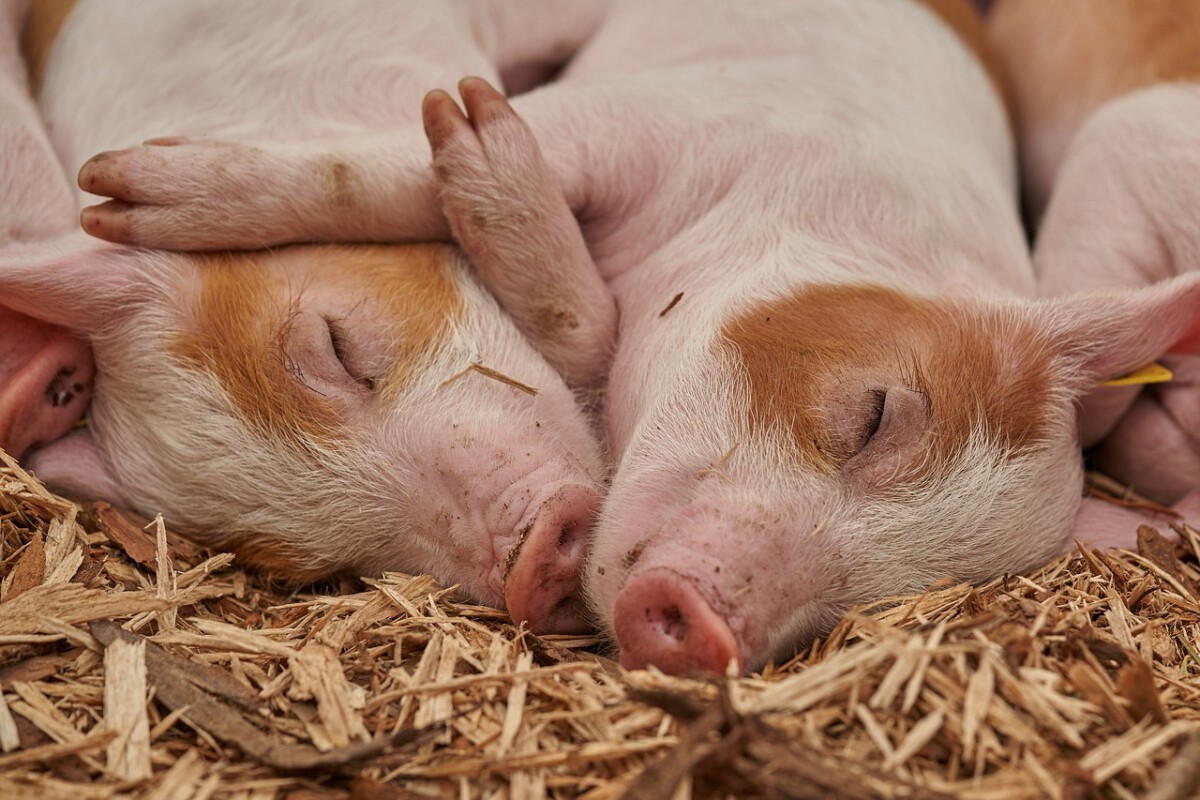
Pigs enjoy a range of comforting activities, from rubbing against trees to indulge in self-grooming, to showing fondness for massages. Their curiosity extends to experimenting with enrichment toys and even enjoying music, which provides relaxation and stimulation. These behaviors reveal pigs’ playful and inquisitive nature, further illustrating their multifaceted personalities.
The Sensational Snout: A Pig’s Ultimate Tool
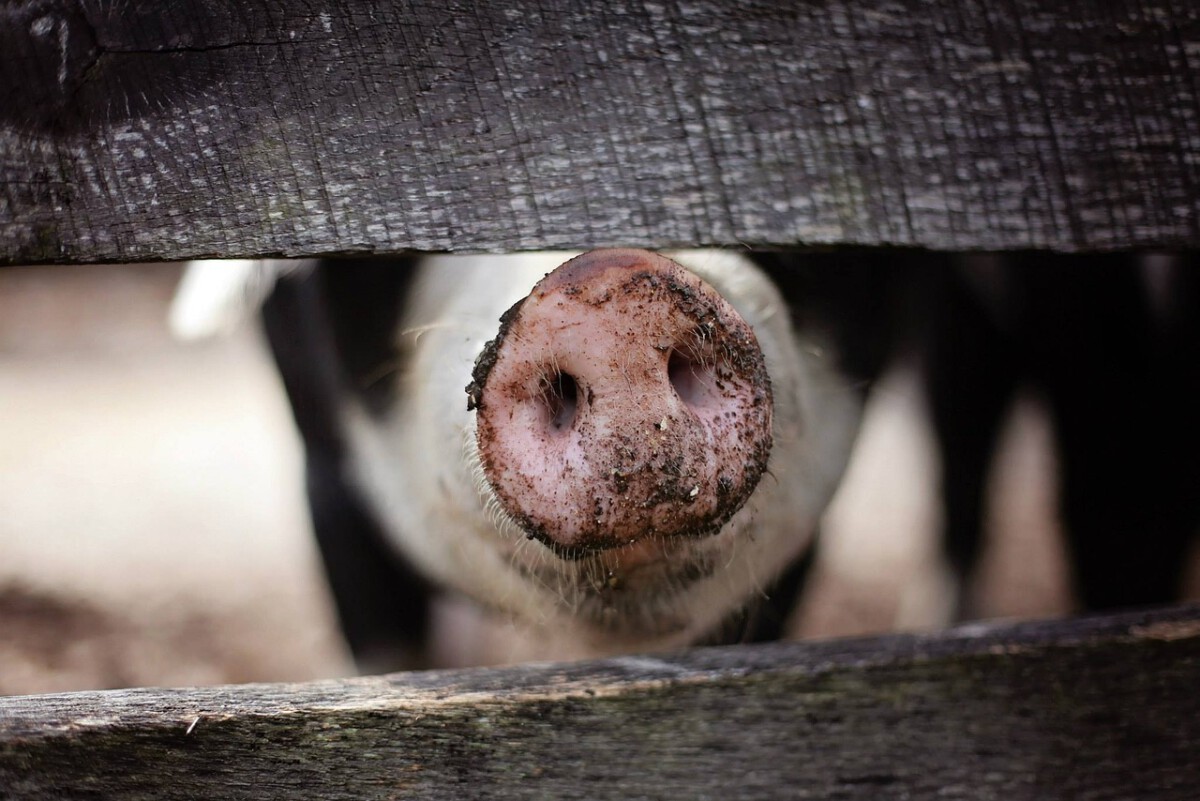
A pig’s snout is a marvel of tactile and olfactory design. It contains a high density of tactile receptors and is capable of detecting smells up to 2000 times more sensitive than a human’s. Pigs use their powerful snouts for rooting in the earth, searching for food, and exploring their surroundings. This exceptional sense of smell is a testament to the pig’s evolutionary adaptations, aiding in survival and offering opportunities for scientific study.
Social Butterflies: The Cuddle-loving Habit of Pigs
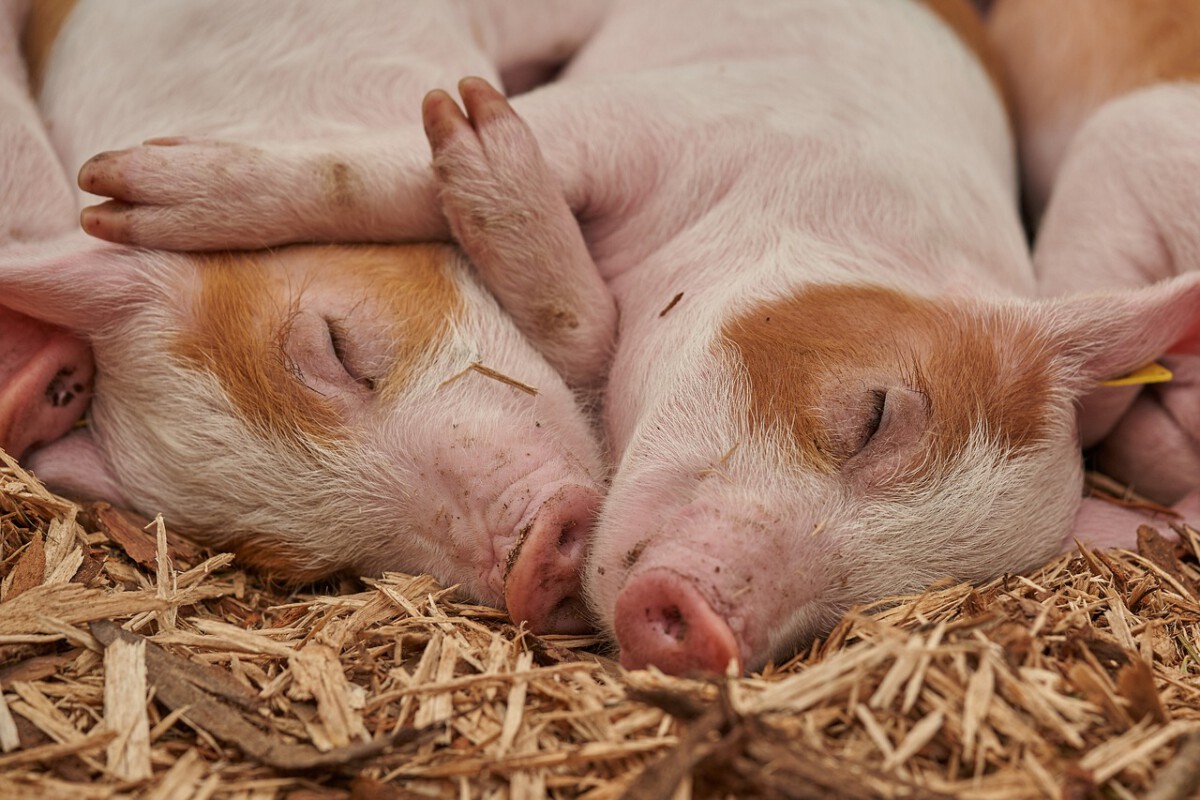
Pigs are highly social animals forming strong bonds not only with each other but also with other species. They frequently engage in social activities, enjoying company and even cuddling close during colder weather. This behavior is akin to family or friendship dynamics seen in other social animals and highlights their affectionate nature and preference for companionship.
In summary, pigs are far more than their misconceived stereotypes suggest. Their intelligence, cleanliness, and social behaviors paint a picture of an animal worthy of admiration and respect. By understanding and appreciating these facts, we can view pigs in a new light and recognize their significance in the animal kingdom.

